Visiting the endangered Philippine Eagle
By Cristina DC PastorDAVAO City –The Philippine Eagle named Pag-asa was the first eagle in captivity to be bred and hatched by Artificial Insemination. He came into the world in 1992 as Cory Aquino was winding down her presidency. He is now 25 years old.
It took a while for me to process that information from John Kenzi Leyno, education officer at the Philippine Eagle Center in this city. I know little about birds and certainly have not associated them with any transfer of reproductive fluids. The concept that birds of prey are capable of birthing artificially got me interested about the country’s National Bird all throughout our tour of this conservation center, which is also a major tourist attraction.
The PEC is located in barangay Malagos in the Baguio District of Davao City. There are currently 33 eagles in the center at the time of our visit. It looks like a tropical rainforest with various species of plants and trees. There are enclosures – or cages — where the eagles mate and where they are kept in isolation while awaiting to hatch.
Like humans, the eagles’ circle of life begins with courtship, followed by a mating process. The hatching of an egg is when the stork is finally delivered. Four years ago, Pag-asa (meaning ‘hope’) gave birth to a female offspring named Mabuhay (meaning ‘welcome’).
According to John, Pag-asa is the product of the center’s “captive breeding program” where eagles find their mates while in cages. The idea is for them to reproduce and help augment the dwindling eagle population. Releasing the eagles to breed may not be a good idea, he said, as there is always the threat they may be shot or hunted. He said the USAID is funding a project for “biodiversity conservation.” The idea is to improve the quality of life around the center and make it hospitable for the endangered eagles to live and thrive in captivity.
John recalled how, one time, the center found an eagle with a gunshot wound.
“The wing bone was fully shattered. We had to amputate, cut the left wing. He couldn’t fly,” he told the visiting reporters.
In enclosures with dividers, male and female eagles go on a search for their mates. Once a pairing is done, the eagles are returned to their cages and held in isolation. Critical here is the assistance of a “keeper” or “cooperative partner.” A keeper is a person who enters the cage and begins to prep the female eagle for reproduction with food and other enticements like nesting materials. The Philippine Eagle subsists on small animals like monkeys. Hence, the name “monkey-eating eagle.”

John Kenzi Leyno, education officer at the Philippine Eagle Center. The stone steps have the names of individuals who have made donations in support of the work of the center.
Man and bird bond over time. The female eagle who responds positively displays amorous behavior. Once the keeper and female eagle have established some kind of rapport, the keeper will be able to get close and inject the semen caught from the male eagle, a process known as imprinting. Nesting season, or the laying of the egg, occurs from September to February.
According to its website, the center exists to “promote the survival of the Philippine Eagle, the biodiversity it represents, and the sustainable use of our forest resources for future generations to enjoy.”
Support for the Philippine Eagle has remained steady. Major corporations, such as Philippine Airlines, banks, and major TV networks, have made donations through the Adopt-an-Eagle fundraiser. So have private individuals and organizations. Their names are etched on the stone steps around the center.
A donation was made in the name of the Fil-Am Media. Our group stood proudly over the stone that bears the club’s name.
The FilAm magazine was among the news organizations invited to a November 20-28 familiarization tour organized by the Philippine Consulate in New York, the Philippine Department of Tourism, and Philippine Airlines. Davao was the tour’s centerpiece destination.
© The Filam 2017



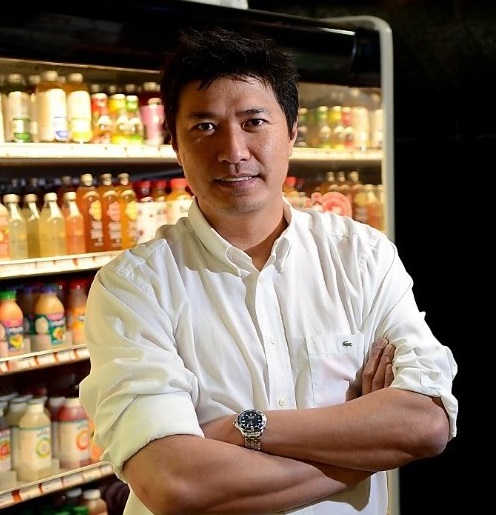
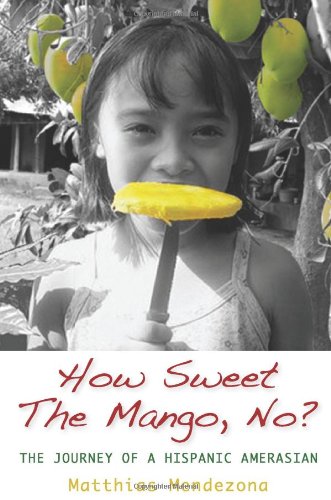




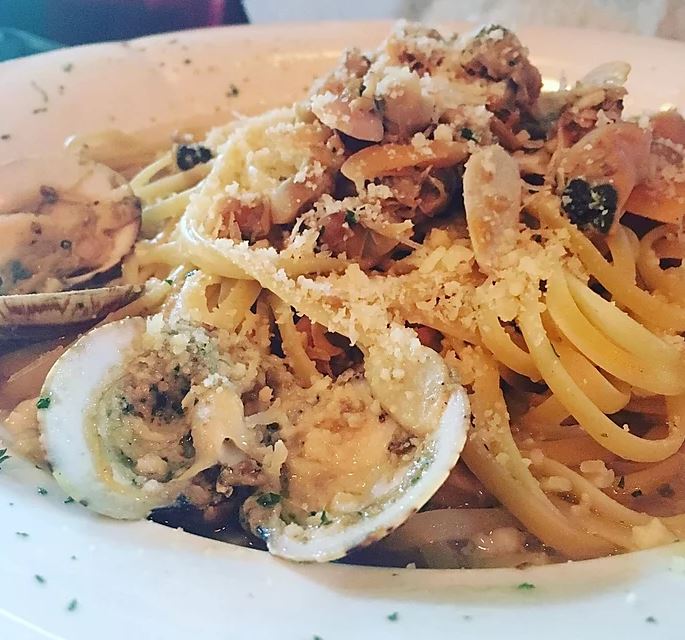
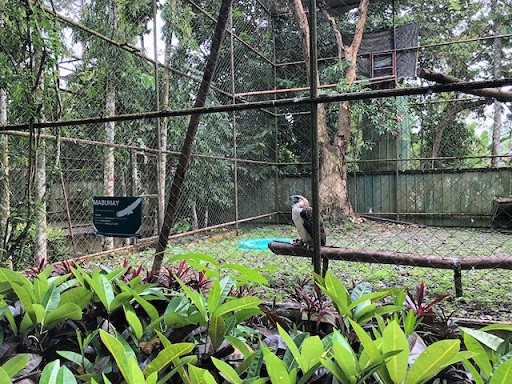
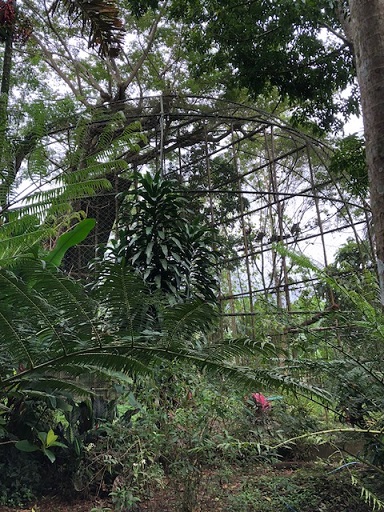
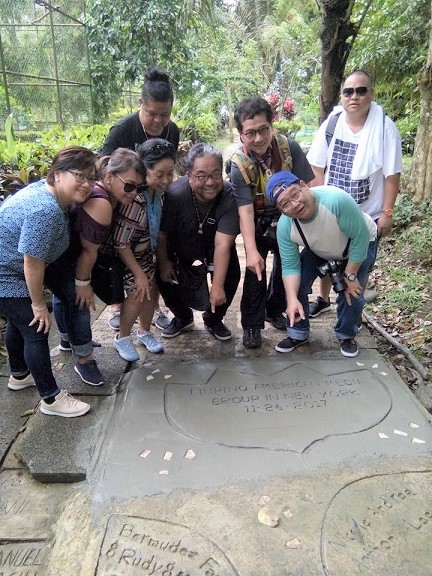

Very interesting and informative article on the Philippine Monkey-Eating Eagle. I do remember the story about 25 years ago of a human keeper who first employed the “technic” of being amorous towards a female eagle to encourage her to ovulate, then the female eagle was inseminated with the male eagle’s extracted eagle. I distinctly remember the success of the method when news announced the birth of Pag-asa! I am glad to know that he is still alive and had sired an eagle, Mabuhay, himself. Great news! 🙂